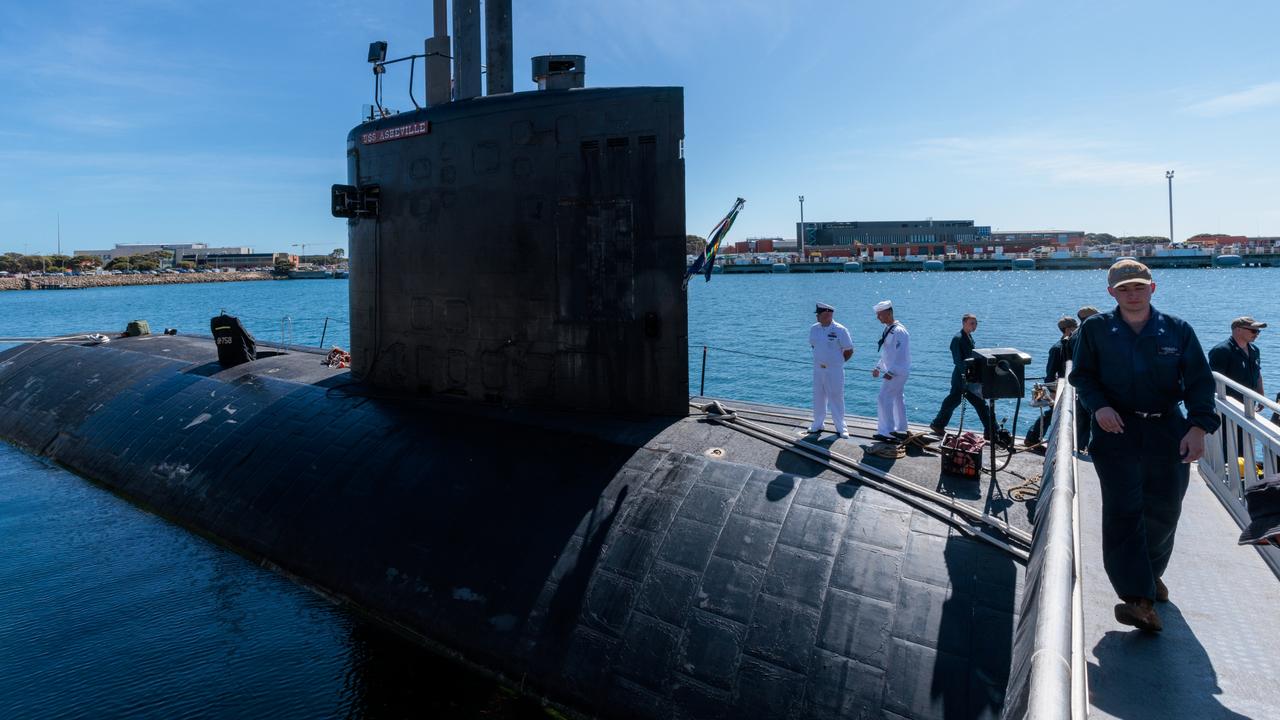Federal Budget 2022: Biggest winners and losers explained
The Albanese government has unveiled its first budget. Here’s who has come out on top, and who has missed out.
Labor has handed down its first federal budget in nearly 10 years with a promise to make life “easier for Australians”.
Jim Chalmers had said the budget would provide cost of living relief “responsibly and not recklessly” without adding to inflation.
The Treasurer stressed on Tuesday the federal government has had to show considerable spending restraint, and big surprises weren’t to be expected.
WINNERS
Parents
Australians were promised a “family friendly” budget which would include an expanded paid parental leave scheme.
For the first time, couples will be assessed on a combined income of up to $350,000 to be eligible for the Commonwealth’s paid parental leave scheme. From July 1 2024, the scheme will be expanded by two additional weeks a year until it reaches a full 26 weeks in 2026. The new arrangements will cost the Budget $531.6m over the next four years and $619.3m each year after that.
The treasurer had said cheaper childcare would be the “biggest on-budget commitment” in line with Labor’s cornerstone pre-election promise to cut costs.
Labor will increase the maximum subsidy rate to 90 per cent for all families for the first child in care and increase subsidies for every family earning less than $530,000 in household income.
The government will spend $4.7bn over the next four years and $1.7bn per year each year after that on its plan. The lion’s share of the funding – $4.6bn – will be spent on childcare subsidies.
The government will also spend $10.8m on an investigation by the Australian Competition and Consumer Commission into spiralling prices in the childcare sector.
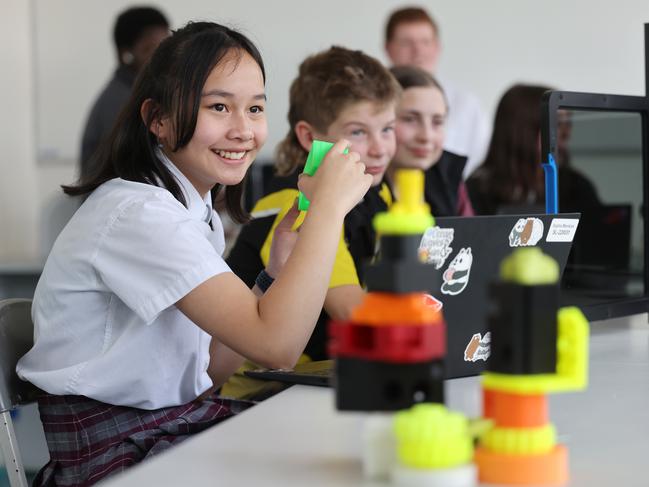
Patients
The promise of cheaper medicines was one of the major cost-of-living measures touted by Labor before the budget.
Labor has introduced legislation to parliament to slash the maximum general co-payment for medicines on the PBS from $42.50 to $30. This means the federal government will increase the amount it spends on subsidising about 17 million scripts filled out for about 3 million people a year.
The government will spend $787.1m over four years and $233.4m each year after that to reduce the amount customers pay towards the cost of medicines on the Pharmaceutical Benefits Scheme.
The government will also fund a range of other mental health, primary care services and hospital upgrades including in regional Australia and will fund some new treatments on the Medicare Benefits Schedule, including nuclear medicine imaging treatments for cancer patients.
The government will provide $47.7m over four years to reinstate Medicare funding for bulk-billed telehealth psychiatry in telehealth eligible areas across regional and rural Australia, contributing a 50 per cent loading for consultations.
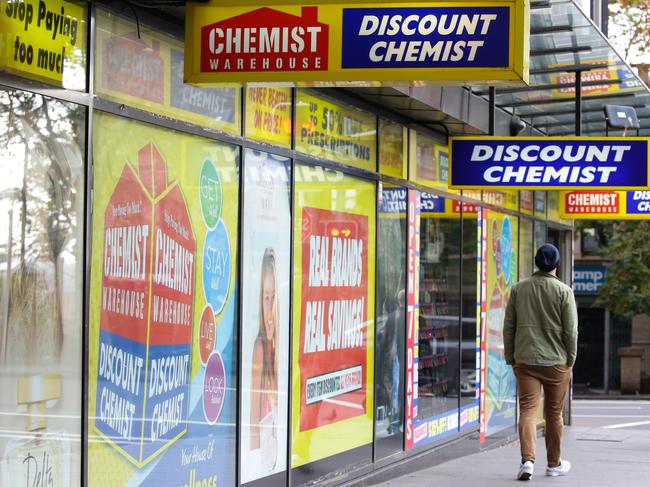
Australians earning between $45,000 and $200,000
Debate over the contentious stage three tax cuts package dominated headlines earlier in October after speculation arose over whether they would be scrapped or pared back. But the policy has been spared the chopping block in this budget, as foreshadowed by the treasurer. Labor had ruled out making any changes to the policy, at least for now.
Labor vowed before the federal election to keep the third tranche of taxation changes, which include cuts which mean anyone earning between $45,000 and $200,000 will pay no more than 30 cents of every dollar they earn in tax. The latest Treasury costing of the policy revealed it had blown out by $11bn – from $243bn to $254bn – over a decade.
Aged care residents and workers
One of the other large election commitments funded in this budget was Labor’s promised aged care reforms at a cost of $2.5bn over the next four years. Most of the funding will go towards paying staff. All aged care facilities will be required to have a registered nurse onsite at all times from July 1, 2023. And each resident must get 215 minutes of care each day from October 2024.
The government will also spend $540.3m responding to the final report of the Royal Commission into Aged Care Quality and Safety. This includes $68.5m to strengthen governance and to support the implementation of aged care reforms in regional areas.
Labor before the election promised to fund the outcome of a Fair Work Commission case which is currently determining whether aged care workers should get a pay rise.
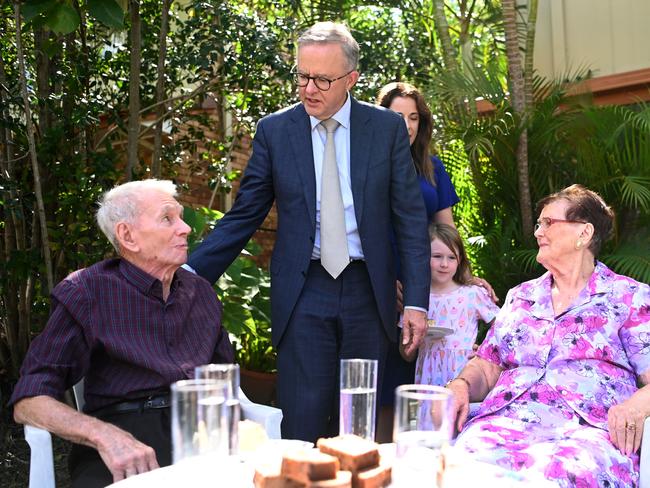
Australians over 55
The government will allow more people to make downsizer contributions to their superannuation by reducing the minimum eligibility age from 60 to 55 years of age. The downsizer contribution allows people to make a one-off post-tax contribution to their superannuation of up to $300,000 per person from the proceeds of selling their home.
The government will also spend $73.2m over four years, and $400,000 each year after that, to support pensioners to downsize by extending the assets test exemption for the proceeds of selling their homes.
The government will also provide $61.9m over two years to fund one off credits worth $4000 to age and veterans pensioners. This will increase the amount pensioners can earn, without having their payments cut, from $7,800 to $11,800, so pensioners who want to work more hours can do so.
Students
Tens of thousands of TAFE and university students studying in areas of skills shortages will score free education. The government will pay for 20,000 students from under-represented backgrounds to study university courses including nursing and engineering.
Teacher training courses have won the most funding. The budget includes $159m to train an extra 4,036 teachers as part of a national action plan being hatched by Education Minister Jason Clare and his state and territory counterparts to solve the country’s dire shortage of educators.
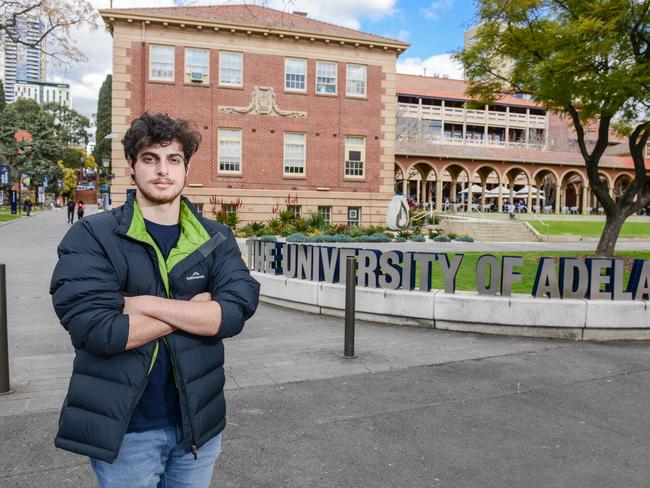
The higher education providers receiving the most funding for additional places are Charles Darwin University, the University of Wollongong and Curtin University. The additional places will be for students starting next year and in 2024 with an investment of up to $485.5 million over the next four years.
The government will also cover the cost of 180,000 fee-free TAFE and vocational education places in 2023, with extra support for participation of women and other disadvantaged groups. The measure was announced at the jobs and skills summit in September. The places will be made up of 60,000 additional places and by dropping the fees of 120,000 existing paid TAFE spots. This is the first step in Labor’s broader commitment to delivering 480,000 fee-free TAFE and vocational education courses.
Regional internet and phone users
About 1.5 million Australian homes and businesses have been promised better access to improved Wi-Fi. The budget includes a $2.4bn equity investment to the company which runs the National Broadband Network. The government is promising to expand the NBN’s full-fibre access, with a focus on the outer suburbs and in regional areas. The government has also provided $757.7m over five years to improve mobile and broadband connectivity and resilience in rural and regional Australia. Meanwhile, $4.7m over three years will support the delivery of free broadband for up to 30,000 unconnected families with school aged students during the 2023 calendar year.
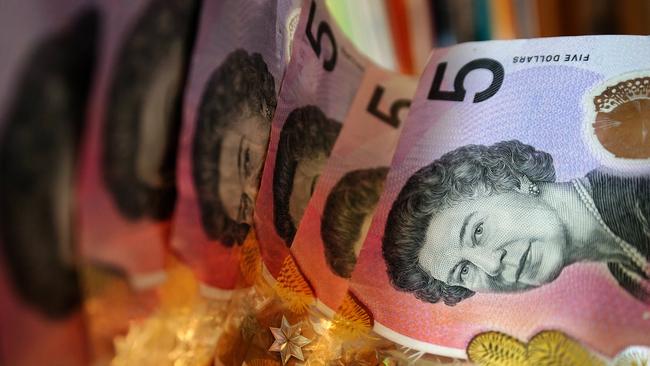
Ukrainians
The government will deliver $213.3m over five years to deliver additional assistance to Ukraine following the Russian invasion. This includes $185.6m in military aid such as the distribution of Bushmasters armoured vehicles. Labor’s commitment builds on the $156.5m which the Coalition pledged for Ukraine in the March budget.
Some homebuyers
The government will contribute $350m towards the new national Housing Accord it has struck with the states and territories and private investors including the superannuation industry. The scheme will aim to build one million new homes with a focus on regional areas over five years from 2024. Under the Accord, the government will provide $350m over five years, with ongoing availability payments over the longer term, to deliver an additional 10,000 affordable dwellings.
The government will invest $10bn in the newly created Housing Australia Future Fund, to be managed by the Future Fund Management Agency, to generate returns to fund the delivery of 30,000 social and affordable homes over five years and allocate $330m for acute housing needs.
Labor will spend $324.6 million over four years to establish its Help to Buy shared equity scheme to assist people on low to moderate incomes to purchase a new or existing home.
The Regional First Home Buyer Guarantee will be offered to 10,000 people each year from October. The scheme will support regional first homebuyers to purchase new or existing homes with a deposit of just 5 per cent. It isn’t funded in this budget, however, because Labor says it will cover the cost by redirecting funding from a similar measure which was included in the March budget.
Women
Women’s safety and economic equity are a key feature of the budget. The government will invest $1.7bn over six years to implement the new national 10-year plan to end violence against women and children. The government has also committed to introducing gender responsive budgeting, assessing key measures based on gender impact to ensure outcomes for women are considered as part of the budget decision making process. The treasurer said Labor agreed that full employment, productivity growth and equal opportunities for women should be core objectives of government policy.
Electric vehicle drivers
The budget includes a range of measures to build infrastructure for and improve the uptake of electric vehicles. The government will spend an additional $275.4m over six years on its clean transport fund, taking the total Commonwealth investment to $500m. The money will be spent on projects such as building a national electric vehicle charging network and hydrogen refuelling stations on Australian highways. Labor will also cut taxes on the sale of electric cars.
Veterans
The government has allocated funding for a range of measures to assist veterans and their dependants over the next four years. Some of the funding will go towards responding to the recommendations from the interim report from the Royal Commission into Defence and Veteran Suicide with a range of supports. The government will spend $4.7m to support the development and trial of an online tool to assist Australian Defence Force personnel with their transition to civilian life. A further $87m will be spent on improving the administration of the claims processing system and veterans’ services.
Foreign aid
The federal government will increase its development assistance for the Pacific as it seeks to strengthen ties with Australia’s neighbours and counter growing Chinese influence in the region. It will commit $900m over four years in development assistance for the Pacific, up from $525m promised at the election. Labor is also standing by its election pledge of $470m in assistance for South-East Asia and says it will develop an economic strategy for the region.
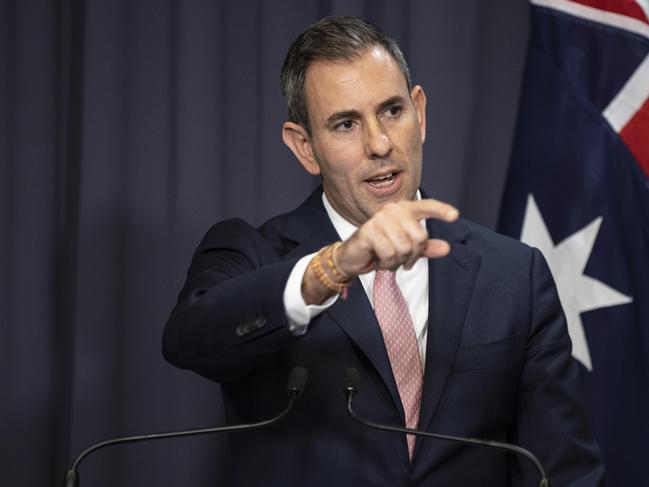
Environment
The government has committed $1.8bn for environmental and heritage protection, including $204m in additional funding to protect, manage and restore the Great Barrier Reef, bringing the total spend on the reef to $1.2bn.
Disaster response
The government will provide $51.5m in this financial year to support Australians hit by natural disasters including this year’s floods and the ongoing recovery from the 2019-20 Black Summer bushfires. And $1.5m will go towards the National Emergency Management Agency to support its work on disaster response and resilience. As foreshadowed by the treasurer last week, the budget includes a provision of $3bn over the forward estimates to account for potential future spending on floods or other disaster response payments.
Critical minerals
Australia has some of the world’s largest reserves of so-called critical minerals, such as lithium, which are used to manufacture advanced technologies such as batteries and are at risk of their supply chains being disrupted. The budget includes $50.5m over four years to establish the Australian Critical Minerals Research and Development Hub, which will be staffed by experts from Geoscience Australia, the CSIRO and the Australian Nuclear science and Technology Organisation. The Government will also allocate $50m over three years to fund grants to support early and mid-stage critical minerals projects.
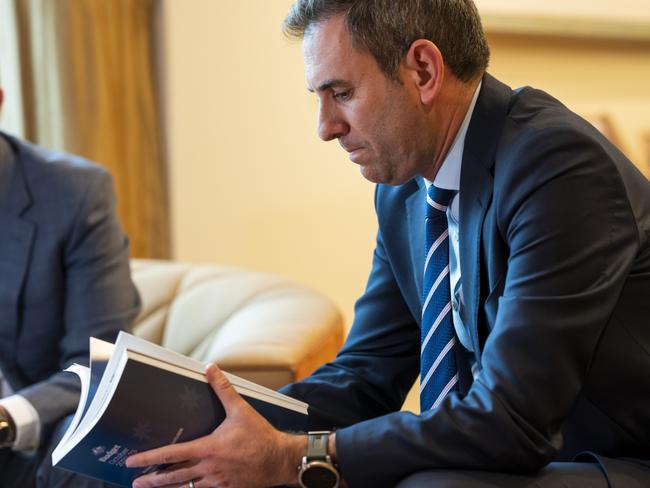
However, despite a big announcement from the Prime Minister about the projects just last Friday, this funding isn’t new. Labor appears to have repurposed the Coalition’s critical minerals projects which were funded in the March budget. Speaking before Tuesday’s budget was delivered, opposition resources spokeswoman Susan McDonald accused Labor of making “a smoke and mirrors announcement to cut funding”.
Some infrastructure projects
The budget has detailed Labor’s $9.6bn infrastructure package, most of which was announced during the election campaign. It includes funding for the construction of road and rail projects across Australia, including $300m for western Sydney roads, $2.2bn for the Suburban Rail Link in Victoria and more than $1bn for roads in Queensland and Tasmania.
LOSERS
Other infrastructure projects
The government has declared there will be no more cash for “zombie projects” which had been scrapped but which the former Coalition government kept on the books. These include Melbourne’s East West Link and the Perth Freight Link.
Motorists
Motorists have missed out on “responsible” cost of living relief included in the budget. The Albanese government has followed through on its plans to not reinstate the fuel excise discount, which will save it $30bn over six months. The federal government’s fuel tax for motorists was halved to 22.1 cents a litre until September 28, when the discount expired. The former Coalition government temporarily cut the excise in late March as inflation started to spike, meaning Australians were partly shielded from soaring petrol prices.
Renters
Treasury has said rental costs are expected to pick-up considerably in the next two years, as the rental market remains tight amid stronger population growth and limited housing stock. National advertised rents have risen sharply over the past year, by 10 per cent to September 2022. As new rental agreements are made and existing contracts are renegotiated, overall rental costs as reflected in the CPI are expected to rise, albeit to a lesser extent. Despite these warnings, the budget doesn’t include any plan to bring down rental price in the short term or to provide relief to tenants who are struggling with the cost of living.
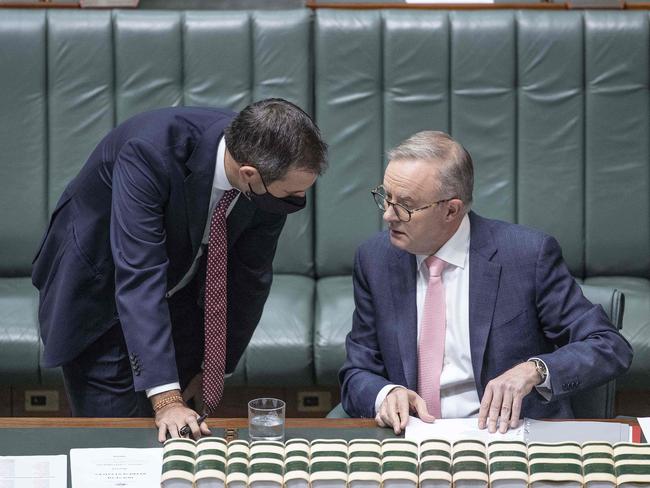
Truck drivers
Truck drivers will be slugged an extra .8 cents in tax for every litre of diesel fuel they buy. The government in this budget has committed to increasing the Heavy Vehicle Road User Charge rate from 26.4 cents per litre to 27.2 cents per litre. The charge contributes to road maintenance and repair. The infrastructure and transport ministers decided to increase the charge in April.
Corrupt public officials
The budget includes $262.6m to be spent over four years to establish and support Australia’s new national integrity watchdog. The new National Anticorruption Commission has been promised to operate with the full standing powers of a royal commission once it is up and running by mid-2023. Labor hopes its legislation to establish the NACC will pass parliament with broad support by the end of the year. It will have broad jurisdiction to investigate serious or systemic corrupt conduct across the Commonwealth public sector.
Household budgets
Australians have been warned to brace for energy price hikes of up to 20 per cent as the cost of living crisis is expected to peak in December. By the end of the year, Treasury estimates retail electricity prices will increase by 20 per cent nationally. In 2023-24, that figure will blow out to 30 per cent.Retail gas prices are also estimated to increase by up to 20 per cent in both 2022-23 and 2023-2024. The budget said electricity prices were expected to directly contribute between 0.75 and 1 percentage point to inflation in 2022-23 and 2023-24.
Originally published as Federal Budget 2022: Biggest winners and losers explained


